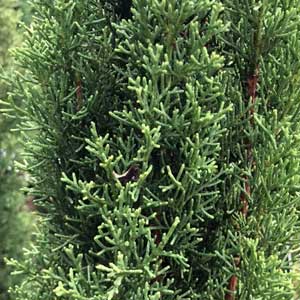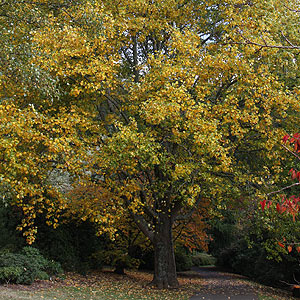Much sought after, fast growing privacy trees can be an excellent option for providing shade of screening. And although Fast Growing Trees may be either evergreen or deciduous, it is usually evergreen species are required.
However some of these quick screening plants can present problems so it is important to consult with local experts before planting any fast growing tree. We present a list of what we consider to be some of the best and fastest growing trees for the home garden.
Selecting the right tree
A number of trees will put on rapid growth, and will quickly provide shade or privacy. It is essential to look at growth rates and eventual size before selecting any trees. We provide a guide to some of the best fast growing trees. Consult with local experts for accurate growth predictions and suitability for your Zone and soil.

- Photinia, the super hedge is fast growing, can reach a good height and is one of those trees that is easily pruned.
- Evergreen magnolias, especially the smaller growing cultivars such as Little Gem, Kay Parris and Teddy Bear, all excellent for privacy or screening, they are a little slow to get going, however in warmer climates they grow a lot more quickly. Again easy care and easy to prune.
- Empress Tree (Paulownia) is perhaps the fastest growing tree of all. Paulownia are a deciduous tree with large leaves and showy flowers in spring. Suitable as a fast growing shade tree or landscape feature tree. Paulownia are also used for timber production. Paulownia prefer a deep well drained position, full sun and moisture during summer. In Japan Paulownia trees are believed to bring good luck to the house and those who enter. Paulownia will grow at 10ft per year depending on conditions.
- Italian Cypress (cupressus sempervirens) upright habit and will grow at around 2 – 3 ft a year.
- Lombardy Poplar (Populus nigra ‘Italica’) –
- Another excellent fast growing deciduous tree that will grow at up to 10ft a year. Although relatively short lived the Lombardy Poplar is useful for its fairly upright habit and is often used as a windbreak.
- Eucalyptus, many species here, some will grow at 8ft per year once established, evergreen and fairly long lived.
- Tulip Tree (Liriodendron tulipifera) A few different species here with Liriodendron tulipifera ‘Fastigiatum’ being more narrow growing. Great flowers as well on this deciduous shade tree.
- Callery Pears, Cleveland Pear (pyrus calleryana). Always popular although not as fast as some others Callery Pears are a very popular fast growing deciduous flowering tree.
- Thuja plicata and Thuja occidentalis (Arborvite) – These fast growing evergreen conifers make excellent screening plants and wind breaks. Lots of species to choose from.
- Tsuga canadensis (Canadian Hemlock), we think this a better choice than those above. Easy to prune.

Others to consider include:
- Albizia julibrissin
- Crape Myrtle
- Ginkgo biloba (can be slow for the first few years)
More Info
It should be remembered that not all fast growing trees are suitable for all situations.
Trees will grow at different rates in different climates, soil conditions and even when planted in a different aspect. So estimating exact growth rates with any accuracy is really not possible, nor is ‘final height’, this will also vary.
Soil conditions differ greatly and some fast growing trees also have fast growing and invasive root systems under certain conditions.
Not all fast growing trees are long lived, so do a little research before planting any trees, including fast growing trees.
Problems
Fast, can also mean tall, not many trees will grow quickly to a height of 15ft (5m) and then stop, they tend to keep going. So if you are looking for a fast growing hedge, that will stay at 3m, then you will need to prune regularly. Or maybe be patient and plant something that is a little slower, but requires less maintenance.
Important Factors
Also look at these factors when deciding which is the best tree for your own situation.
- Soil requirements
- Water Requirements
- Height constraints
- Aggressiveness of the root system
- USDA zone

